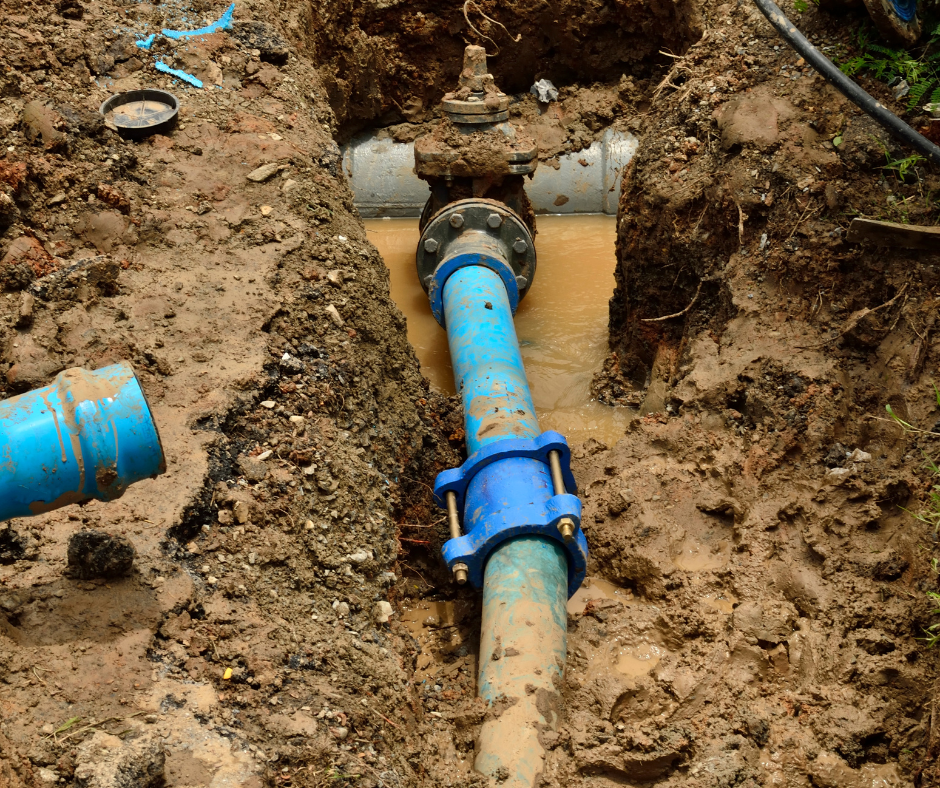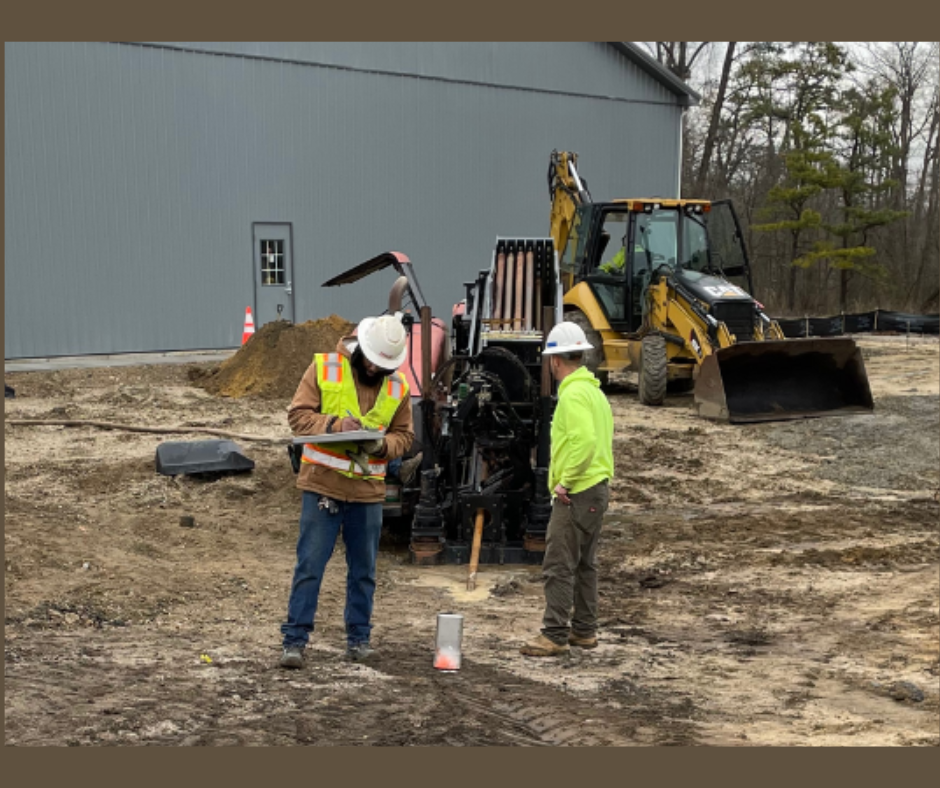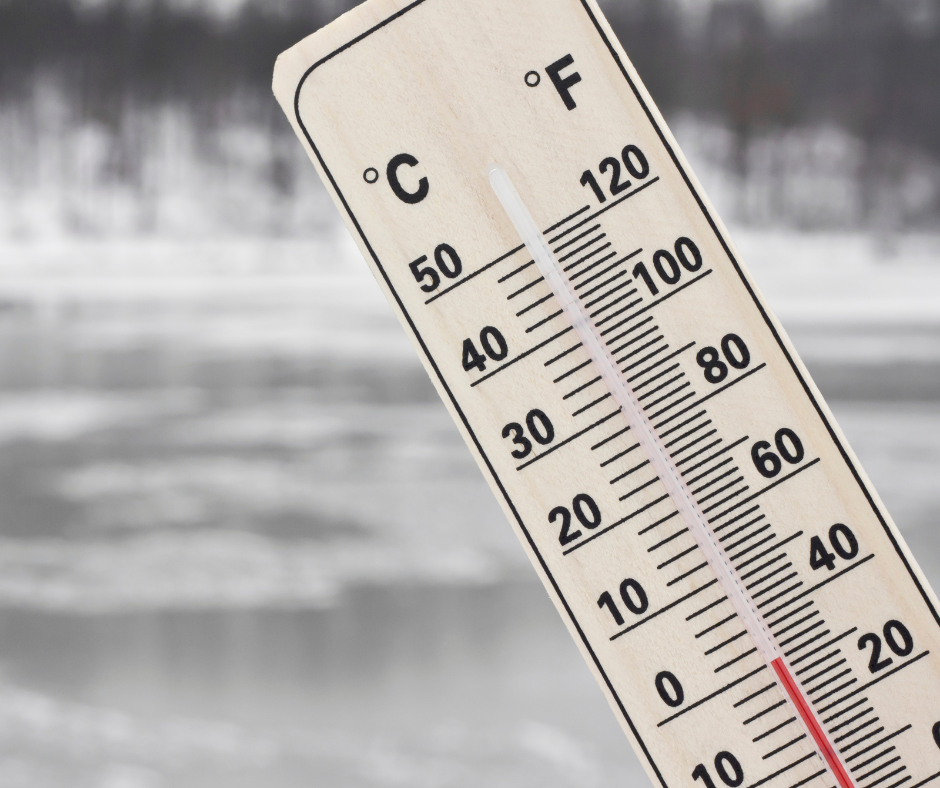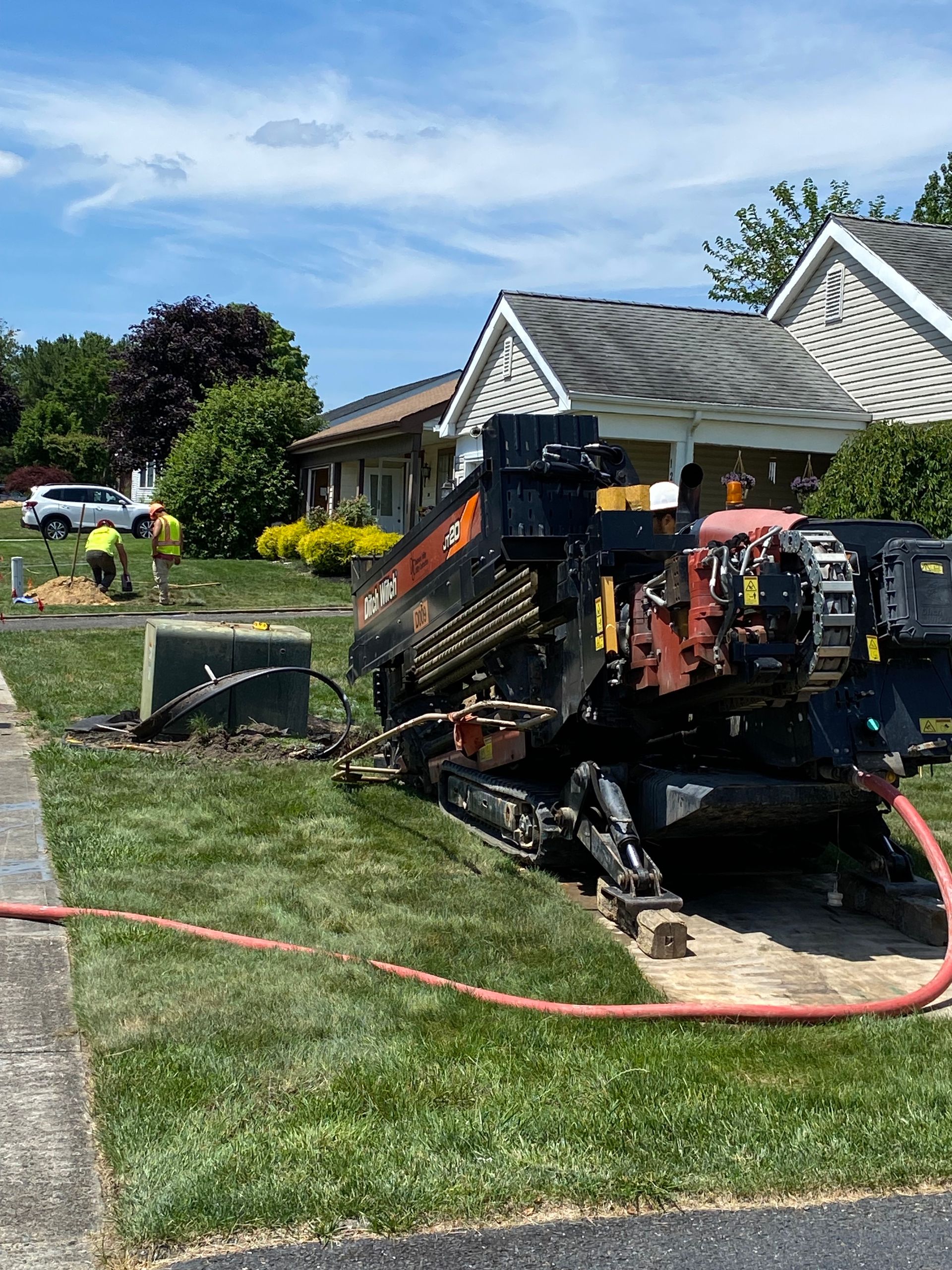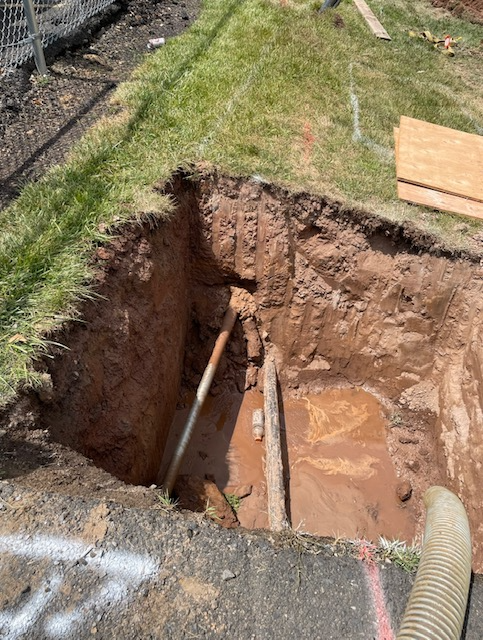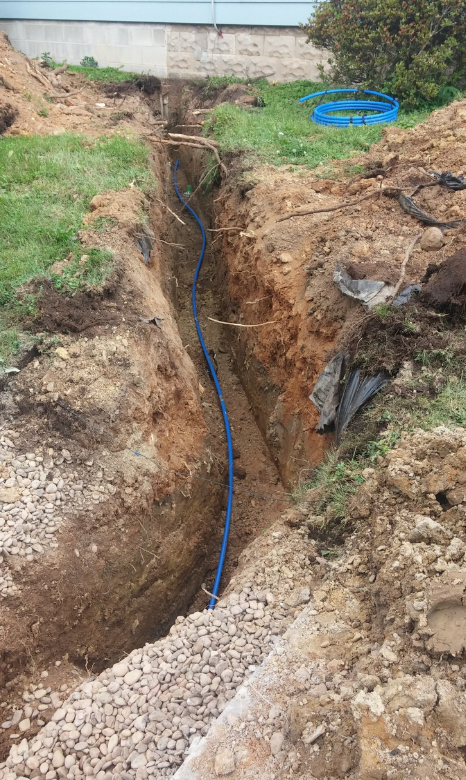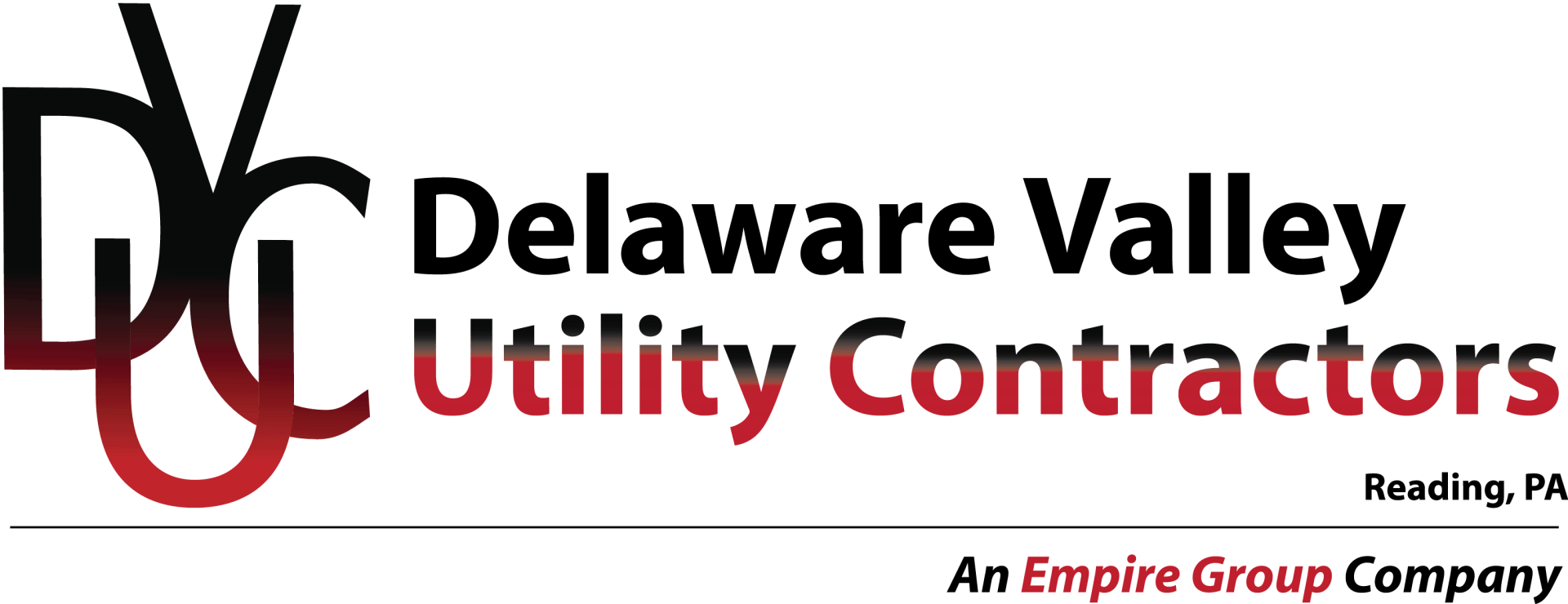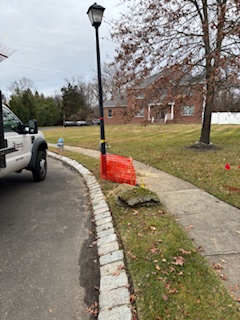By Delaware Valley Utility Contractors
•
November 12, 2025
Winter in the Mid-Atlantic is unpredictable. Sudden freezes, heavy snow, and ice storms bring harsh conditions that directly affect the utility systems we rely on daily. For utility professionals, winter is a stress test for infrastructure, equipment, and field crews. At Delaware Valley Utility Contractors (DVUC), we know it’s vital to keep water, sewer, electrical, and gas systems running safely and efficiently during the harshest weather. Here’s how winter affects utilities and why preparation matters. 1. Freezing Temperatures Increase the Risk of Pipe Damage When temperatures plummet, water expands as it freezes. This pressure can cause water and sewer pipes—especially older or uninsulated lines—to crack or burst. Utility crews often see: Water main breaks Service line failures Frozen meters Reduced flow or pressure across systems The result? Emergency repairs, service disruptions, and significant costs for municipalities and utility providers. Proactive measures, such as insulation upgrades, heat tracing, and timely pipe replacement, help minimize cold-weather failures. 2. Snow and Ice Complicate Access to Utility Infrastructure Even minor snow or ice accumulation can create major challenges for utility crews. Buried markers become hidden, manholes and valves freeze over, and service areas may be blocked by ice-covered roads or mounds of snow. These conditions slow down: Routine inspections Emergency repairs Heavy equipment movement Crew response times At DVUC, strategic planning and proper snow-access equipment ensure crews can reach critical infrastructure quickly when every minute counts. 3. Increased Strain on Power Systems Winter storms often bring high winds, ice buildup, and heavy snow—three factors that directly threaten power infrastructure. Ice accumulation on power lines adds weight that can cause sagging or snapping. Strong winds can topple branches and damage poles. Heavy snowfall can also stress overhead structures. This leads to: More frequent outages Hazardous downed lines Damage to transformers and equipment Higher demand for rapid restoration crews Utilities must stay prepared with winter storm response plans, proper vegetation management, and pole/line reinforcement strategies. 4. Ground Conditions: Slow Construction and Maintenance Work Frozen ground can be as challenging as concrete. It makes excavation, trenching, and utility installation slower, more labor-intensive, and sometimes unsafe without specialized equipment. Winter ground conditions can cause: Delays in utility installation or replacement projects Inaccurate dig markings due to shifting frost lines Longer project timelines and increased labor needs DVUC mitigates these challenges with advanced equipment, skilled crews, and strategic project scheduling to keep work moving year-round. We offer vacuum excavation to keep the project moving along. 5. Safety Risks Increase for Utility Crews Cold weather doesn’t just affect infrastructure—it affects the crews working to maintain it. Prolonged exposure to freezing temperatures, icy surfaces, and low visibility conditions creates safety hazards, including: Slips and falls Cold Stress Reduced dexterity when handling tools Difficult driving conditions Safety training , proper PPE, and careful planning are essential for protecting field teams throughout the winter season. 6. Storm Response Demands 24/7 Readiness When winter storms hit, utility-related emergencies rise dramatically. Burst mains, sinkholes, outages, and equipment failures require immediate attention. Utility contractors must maintain: On-call response teams Fully fueled and winterized equipment Clear communication channels with municipalities and utility providers Fast mobilization plans At Delaware Valley Utility Contractors, our crews are always prepared to respond quickly and safely—no matter the weather. Ask about our snow removal services! Why Winter Preparedness Matters Winter weather is inevitable, but disruptions don’t have to be. With proactive planning, proper equipment, and experienced utility contractors, municipalities and utility providers can protect their infrastructure and minimize downtime. As a trusted partner across the region, Delaware Valley Utility Contractors brings decades of expertise in underground utilities, emergency response, and infrastructure maintenance. Whether it’s a sudden freeze, heavy snow, or an unexpected storm, our team is ready to keep critical systems safe and operational all winter long. If you’d like help preparing your utility systems for the upcoming winter season or need a reliable contractor for emergency service, DVUC is here to help. Reach out today to learn more about our capabilities and commitment to safety and reliability.
